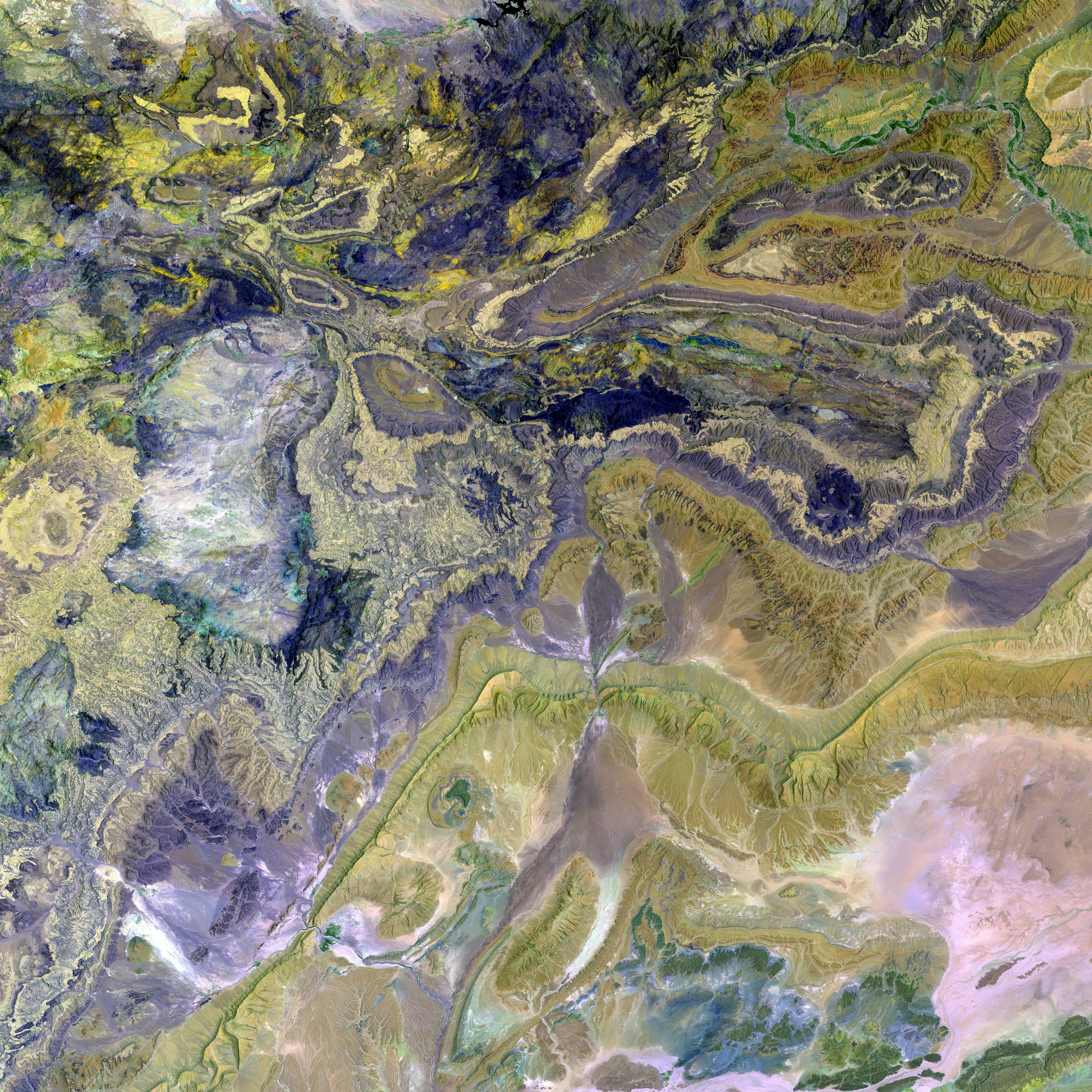Global manufacturing sector in Pakistan experiences a decline, foreshadowing potential impacts from international tariff waves.
Pakistan's Manufacturing Sector Slows Down, Facing Challenges from US Trade Tariffs
The slowdown in Pakistan's manufacturing sector took a significant turn in April, as the HBL Pakistan Manufacturing Purchasing Managers' Index (PMI) dropped to 51.9 from 52.7 in March. This seven-month low was due to concerns over global trade, particularly the impact of US President Trump's trade tariffs on Pakistani exports.
According to Humaira Qamar, Head of Equities & Research at HBL, this decline could be a precursor to the global economy's headwinds caused by the introduction of US tariffs. The trend has been evident as new orders have dwindled, with export orders, in particular, plummeting. As a result, employment has dropped, and companies have been forced to cut costs.
Qamar sheds light on the potential impact of US stagflation, highlighting that this could negatively affect Pakistan's exports, especially to the US, which accounts for 18% of its total. This could prolong the manufacturing downturn, although lower commodity prices may offer some relief.
Despite the slowdown, Qamar remains optimistic about the PMI, which remains above 50, signaling expansion against a favorable inflation outlook. Qamar also expects an interest rate cut on Monday due to strong deflationary pressures. However, a Reuters poll suggests Pakistan's State Bank will hold rates steady at 12%, following a surprise pause in its last meeting due to geopolitical tensions and inflation concerns.
The annual inflation rate in Pakistan dropped to 0.3% in April, far below the Ministry of Finance estimate of 1.5% to 2%. For the fiscal year ending June, the central bank estimates average inflation to be in the range of 5.5% to 7.5%.
Launched in February, the HBL's PMI in collaboration with global financial information and analytics firm S&P Global aims to track Pakistan's manufacturing sector.
The tariffs imposed by Trump's policies on Pakistani exports, particularly the 29% reciprocal tariff on Pakistani textile exports, pose significant challenges and constrained opportunities for Pakistan's manufacturing sector. This economic burden is particularly evident in textiles, which dominate exports to the US. The 29% tariff (higher than the initially reported 10% in some sources) threatens Pakistan's $6 billion annual exports to the US, where textiles and apparel account for 79-94% of shipments.
The tariff increases could force manufacturers to face margin compression, higher cost pressures, and potential job losses as demand falls. The trade deficit may also widen due to reduced export revenues and rupee depreciation pressures.
While Pakistan's lower per-unit pricing offers some cushion against competitors, the tariff hike risks eroding margins further, especially if buyers shift to suppliers in countries with lower tariff burdens. To counter this, Pakistan aims to negotiate balanced trade terms with the US and diversify exports to EU, Middle Eastern, and African markets.
The long-term success of Pakistan's manufacturing sector hinges on policy agility and negotiating tariff exemptions for critical export categories. Failure to adapt could result in prolonged stagnation, particularly in labor-intensive sectors.
- The decline in Pakistan's manufacturing sector, as indicated by the HBL Pakistan Manufacturing PMI, is linked to global trade concerns, notably the impact of US trade tariffs on Pakistani exports.
- New orders, particularly export orders, have decreased, leading to a drop in employment and forced cost-cutting measures within companies.
- Humaira Qamar, Head of Equities & Research at HBL, points out the possible impact of US stagflation, suggesting it could negatively affect Pakistan's exports to the US, which accounts for 18% of its total.
- Despite the manufacturing slowdown, Qamar remains optimistic about the PMI, emphasizing that it remains above 50, indicating expansion against a favorable inflation outlook.
- The annual inflation rate in Pakistan dropped significantly in April, much lower than the Ministry of Finance estimate, with the central bank predicting average inflation for the fiscal year ending June to be in the range of 5.5% to 7.5%.
- The HBL's PMI, launched in February in collaboration with global financial information and analytics firm S&P Global, aims to track Pakistan's manufacturing sector.
- Tariffs imposed by Trump's policies on Pakistani exports, such as the 29% reciprocal tariff on textile exports, pose significant challenges for Pakistan's manufacturing sector, particularly the textile industry, which dominates exports to the US.




